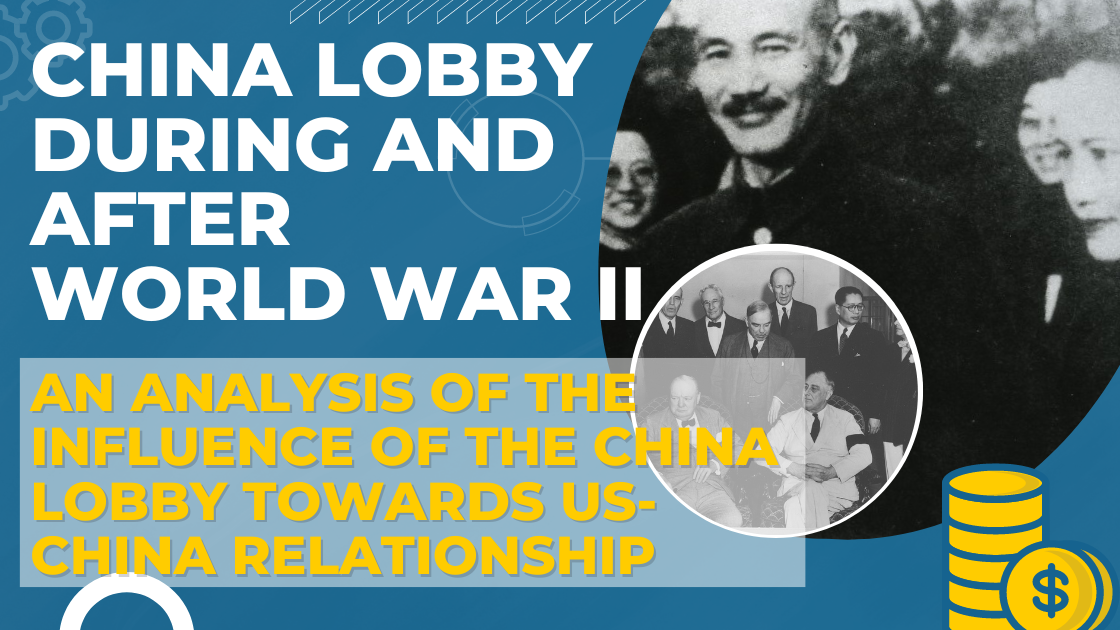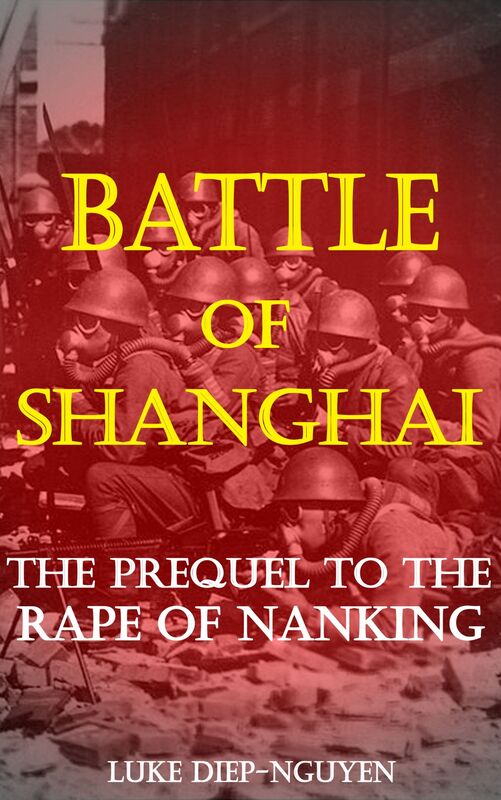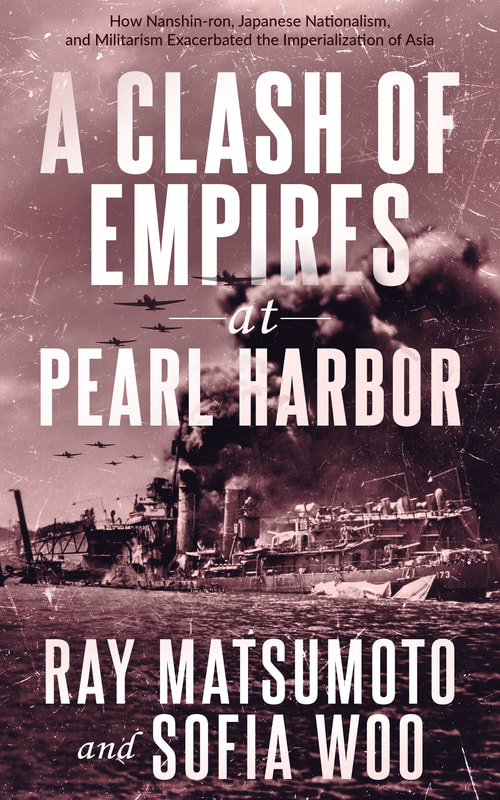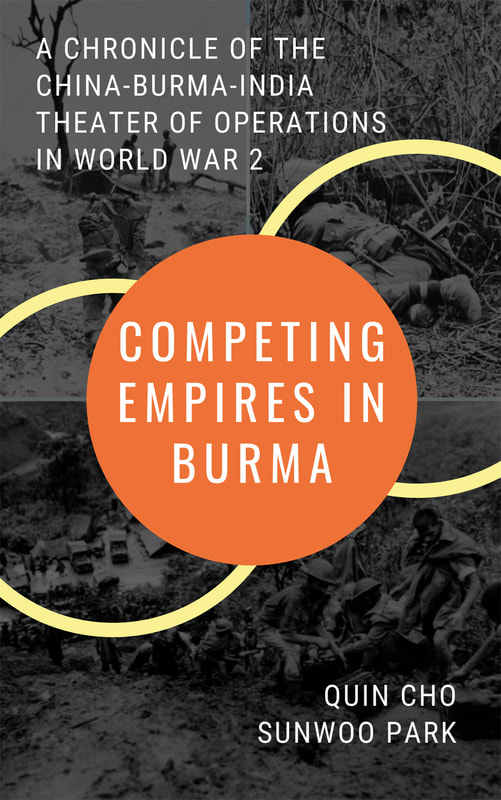|
by Angela Xie Following the 18th century, China was a desired trading partner for western countries. The grandfather of Roosevelt Delano Roosevelt, Warren Delano, amassed enormous wealth by selling opium in Canton in the early 1800s. However, like many other Americans, Delano portrayed China as a "pitiful, drug-addicted, backward pagan mess of a place"[1] that should be Christianized and civilized by American values. This idea of saving and changing China into a westernized country continued in the twentieth century. In the 1930s, China Lobby was established; it encompassed a particular group of people who shared a similar interest in overthrowing communism in China. It was typically referred to as an offshoot of Roosevelt's unconventional diplomacy to support China in fighting Japan. The core members of the China Lobby included Henry R. Luce, Congressman Walter H. Judd, Senator William F. Knowland, diplomat William C. Bullitt, aviator Claire L. Chennault, businessman Alfred Kohlberg, and lawyer William J. Goodwin[2]. This essay will investigate how the China Lobby has greatly impacted the US-China relationship before and after the founding of the People's Republic of China (PRC). Beginning in the 1930s, the existence of the China Lobby offered massive support and aid to Chiang Kai-Shek and the Kuomintang (KMT) regime, also known as the Nationalists. Initially, since they didn't want to provoke any conflicts with Japan, the State Department maintained a neutral stance toward the Sino-Japanese confrontation. However, pro-Chinese officials and the Treasury Department had pressured the State to support China. Meanwhile, wealthy Nationalist Chinese officials such as T.V. Soong collaborated with right-wing U.S. officials to establish an organization named China Defense Supplies (CDS) to support China with money. As a relentless lobbyist, Soong was instrumental in procuring aid when China was in severe need of it. In James Bradley's book China Mirage, he states that, "Soong assured Morgenthau and FDR that such a large surge of valuable commodities would stimulate China's milling sector, strengthening Chiang in his fight against the Japanese. So Roosevelt approved the fifty-million-dollar loan from his best American friend to his best Chinese friend."[3] The American government sought to fund China to fight against Japan by providing China with "fifty-million-dollar" and claimed that China was the "best friend" of the U.S. It was conceivable that T.V. Soong successfully achieved a great amount of financial aid from the U.S. government. Indeed, the China Lobby was regarded as an unconventional manner and diplomacy; it propagated its arguments among the public and persuaded most Americans that they had special responsibilities toward China's development. When the attack on Pearl Harbor happened, like how Warren Delano viewed China, many Americans believed they needed to support China to fight back against the Japanese and spread American ideals. For example, Henry R Luce, another fascinating China Lobby affiliate, firmly believed that China was a prime target for U.S. assistance, whether as a model of political and economic progress, religious faith, or diplomatic and military backing. Thus, he made Chiang Kai-shek the cover story of Time magazine a record of ten times.[4] The involvement of Henry Luce in pushing the China Lobby's goals through his media channels was critical to the China Lobby's success. In 1949, the Chinese Communist Party triumphed in the Chinese Civil War. To many U.S. officials, the victory of Communist China was unexpected; the fall of Chiang's regime and the failure to establish democracy filled them with dread. Indeed, the closer relationship between Beijing and Moscow alarmed Washington. In response to public concern regarding the victory of Chinese Communist troops, President Truman released the "China White Paper," clarifying that the U.S. had no responsibility for the failure of Chiang's KMT regime. However, the China Lobby accused the U.S. of abandoning Chiang Kai-Shek, their ally during the war. Furthermore, the China Lobby influenced public opinion by establishing committees such as ACPA (American China Policy Association) and CEC (China Emergency Committee). The ACPA released enormous amounts of literature in the form of letters, pamphlets, brochures, and reprints of Communist directives.[5] Undoubtedly, all committees put effort into advocating Chiang's KMT regime and contributed to anti-communist policies. Blackwell writes that, "As the anti-communist climate grew in the U.S. during the decade of the 1950s, the tendency for the press to accept the viewpoint of the China Lobby also expanded. By the mid-1950s, the prevalence of the China Lobby influenced bias in the press was near universal."[6] After Chiang's defeat, the China Lobby members began to attack U.S. foreign policy by claiming that China specialists had indicated a lack of faith in Chiang, trust in the communists' inevitable triumph, and had so contributed to Mao's success. This claim helped the China Lobby to make an effective argument for its attack on U.S. foreign policy in the context of the increasing anti-communist climate in the United States. Accusations of communist sympathies and the usage of communist sources were thus used early on to discredit China scholars who were not pro-Chiang. In conclusion, the China Lobby had a crucial role in impacting the US-China relationship during and after WWII. In this regard, lobby members achieved a mixed result: gaining support for Chiang Kai-Shek during WWII and attacking Mao's Communist Party. Even though the China Lobby eventually failed to bring Chiang Kai-shek and the Nationalist government back to power in China, it did have a long-term effect on American public opinions towards China. 1. Bradley, James. 2016. The China Mirage: The Hidden History of American Disaster in Asia. New York, NY: Back Bay Books. 2. Park, Tae Jin. 2003. “In Support of ‘New China’: Origins of the China Lobby, 1937-1941.” West Virginia University. 3. Bradley. 2016. The China Mirage: The Hidden History of American Disaster in Asia. pg.156 4. Blackwell, Jeff. n.d. “‘THE CHINA LOBBY’: INFLUENCES ON U.S.-CHINA FOREIGN POLICY IN THE POST WAR PERIOD, 1949-1954.” Psu.Edu. Accessed July 12, 2022. http://citeseerx.ist.psu.edu/viewdoc/download?doi=10.1.1.690.1968&rep=rep1&type=pdf. 5. Ibid. 6. Ibid. Related Reading:
0 Comments
Leave a Reply. |
- Home
- Stories
-
Internship
- Summer 2024 Internship
- Summer 2023 Internship
- Fall 2022 Internship
- Summer 2022 Internship
- Summer 2021 Internship
- Fall 2020- Spring 2021 Internship
- Summer 2020 Internship
- Fall 2019 Internship
- Summer 2019 Internship >
- School Year 2018-2019 Internship
- Summer 2018 Internship >
- Fall 2017 Internship
- Summer 2017 Internship >
- Books
- Archives
-
Resource Page
-
Supplementary Research Guides
>
- Unit 731 - Guide >
-
Philippines' Resistance - Guide
>
- Philippines World War II Timeline
- The Japanese Invasion & Conquest of the Philippines
- Bataan Death March
- Formation of Underground Philippines Resistance
- Supplies of the Guerrilla Fighters
- The Hukbalahap
- Hunter's ROTC
- Marking's Guerrillas
- United States Army Forces in the Philippines of Northern Luzon (USAFIP-NL)
- The Aetas
- Chinese and Filipino-Chinese Nationalist Guerrilla Units
- The Female Faces of the Philippine Guerrillas
- Rising Sun Flag - Guide >
- Pinay Guerrilleras - Guide >
- Fall of Singapore - Guide >
- Three Years and Eight Months - Guide >
- Siamese Sovereignty - Guide >
- The Khabarovsk War Crimes Trial - Guide >
- Unit 731 Cover-up : The Operation Paperclip of the East - Guide >
- Marutas of Unit 731 - Guide >
- Prince Konoe Memoir - Guide >
- Competing Empires in Burma - Guide >
- Battle of Shanghai - Guide >
- Ishi Shiro - Guide >
- Taiwan The Israel of the East - Guide >
- Seeking Justice for Biological Warfare Victims of Unit 731 - Guide >
- Rice and Revolution - Guide >
- Clash of Empires - Guide >
-
Hunger for Power and Self-SufficiencyI - Guide
>
- The Influence of War Rations on Post-War Culinary Transformations
- How World War II Complicated Food Scarcity and Invention
- American Military Innovations
- Government-Sponsored Food Inventions in Europe during World War II
- Feeding the Army: The Adaptation of Japanese Military Cuisine and Its Impact on the Philippines
- Mixed Dishes: Culinary Innovations Driven by Necessity and Food Scarcity
-
Denial A Quick Look of History of Comfort Women and Present Days’ Complication - Guide
>
- The Comfort Women System and the Fight for Recognition
- The Role of Activism and International Pressure
- The Controversy over Japanese History Textbooks
- The Sonyŏsang Statue and the Symbolism of Public Memorials
- Activism and Support from Japanese Citizens
- The Future of Comfort Women Memorials and Education
- Echoes of Empire: The Power of Japanese Propaganda - Guide >
- Lesson Plans >
-
Supplementary Research Guides
>
|
Pacific Atrocities Education
730 Commercial Street San Francisco, CA 94108 415-988-9889 |
Copyright © 2021 Pacific Atrocities Education.
We are a registered 501 (c)(3) charity. |
- Home
- Stories
-
Internship
- Summer 2024 Internship
- Summer 2023 Internship
- Fall 2022 Internship
- Summer 2022 Internship
- Summer 2021 Internship
- Fall 2020- Spring 2021 Internship
- Summer 2020 Internship
- Fall 2019 Internship
- Summer 2019 Internship >
- School Year 2018-2019 Internship
- Summer 2018 Internship >
- Fall 2017 Internship
- Summer 2017 Internship >
- Books
- Archives
-
Resource Page
-
Supplementary Research Guides
>
- Unit 731 - Guide >
-
Philippines' Resistance - Guide
>
- Philippines World War II Timeline
- The Japanese Invasion & Conquest of the Philippines
- Bataan Death March
- Formation of Underground Philippines Resistance
- Supplies of the Guerrilla Fighters
- The Hukbalahap
- Hunter's ROTC
- Marking's Guerrillas
- United States Army Forces in the Philippines of Northern Luzon (USAFIP-NL)
- The Aetas
- Chinese and Filipino-Chinese Nationalist Guerrilla Units
- The Female Faces of the Philippine Guerrillas
- Rising Sun Flag - Guide >
- Pinay Guerrilleras - Guide >
- Fall of Singapore - Guide >
- Three Years and Eight Months - Guide >
- Siamese Sovereignty - Guide >
- The Khabarovsk War Crimes Trial - Guide >
- Unit 731 Cover-up : The Operation Paperclip of the East - Guide >
- Marutas of Unit 731 - Guide >
- Prince Konoe Memoir - Guide >
- Competing Empires in Burma - Guide >
- Battle of Shanghai - Guide >
- Ishi Shiro - Guide >
- Taiwan The Israel of the East - Guide >
- Seeking Justice for Biological Warfare Victims of Unit 731 - Guide >
- Rice and Revolution - Guide >
- Clash of Empires - Guide >
-
Hunger for Power and Self-SufficiencyI - Guide
>
- The Influence of War Rations on Post-War Culinary Transformations
- How World War II Complicated Food Scarcity and Invention
- American Military Innovations
- Government-Sponsored Food Inventions in Europe during World War II
- Feeding the Army: The Adaptation of Japanese Military Cuisine and Its Impact on the Philippines
- Mixed Dishes: Culinary Innovations Driven by Necessity and Food Scarcity
-
Denial A Quick Look of History of Comfort Women and Present Days’ Complication - Guide
>
- The Comfort Women System and the Fight for Recognition
- The Role of Activism and International Pressure
- The Controversy over Japanese History Textbooks
- The Sonyŏsang Statue and the Symbolism of Public Memorials
- Activism and Support from Japanese Citizens
- The Future of Comfort Women Memorials and Education
- Echoes of Empire: The Power of Japanese Propaganda - Guide >
- Lesson Plans >
-
Supplementary Research Guides
>



